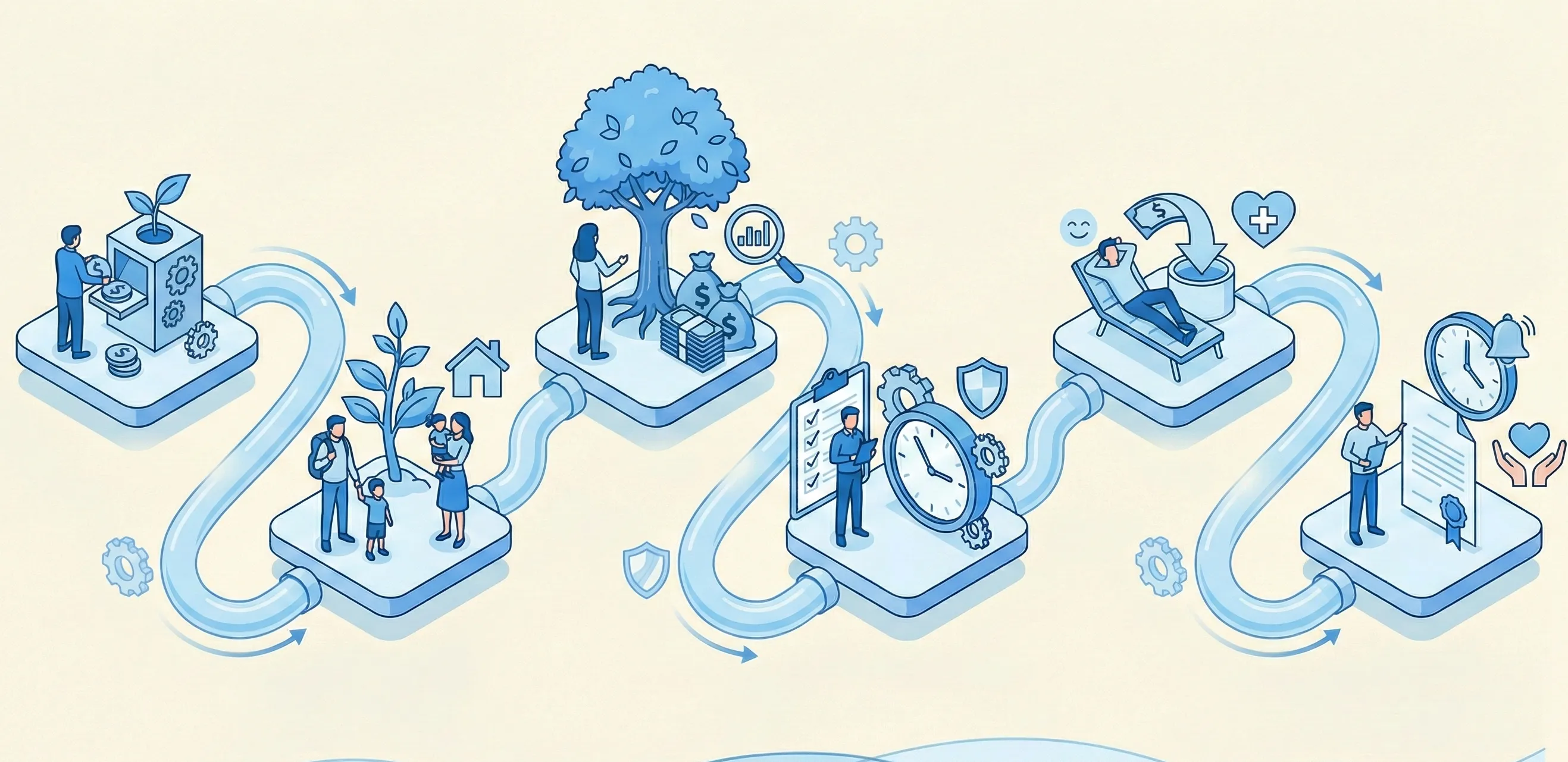Can I Contribute to a SEP While Taking RMDs?

If you’ve reached the point in life where Required Minimum Distributions (RMDs) are part of your yearly to-do list but you’re still working and earning, you might be thinking, "Can I still put money into my Simplified Employee Pension (SEP) IRA?" It’s a great question! The answer isn’t as straightforward as you’d hope, but don’t stress—I’m here to explain it step by step in plain language. By the end of this, you’ll know exactly how RMDs and SEP contributions fit together so you can make the most of your retirement savings.
Key Takeaways
- Yes, you can contribute to a SEP IRA while taking RMDs, as long as you meet certain criteria.
- Contributions are tied to earned income, so you must still be working.
- Understanding the interaction between RMDs and contributions is essential to avoid penalties or missed opportunities.
What Is a SEP IRA?
A SEP IRA (Simplified Employee Pension) is basically a no-fuss retirement account that’s super popular with small business owners and self-employed folks. Think of it as an easy way to stash money for retirement while enjoying some solid tax benefits. Employers contribute directly to their employees’ accounts—and if you’re self-employed, you’re both the employer and the employee, which means double the opportunity to save! Contributions are tax-deductible, and the money grows tax-deferred, so you don’t pay taxes until you withdraw it in retirement.
- High Contribution Limits: For 2025, you can contribute up to 25% of your compensation or $70,000 (whichever is lower).
- Eligibility: Employees who are 21 or older, earn at least $750 in the year, and have worked for the employer in three of the past five years must be included in the plan.
What Are RMDs?
RMDs, or Required Minimum Distributions, are basically the IRS’s way of saying, "Okay, you’ve saved long enough—time to start taking money out." These withdrawals kick in when you turn 73 (thanks to the SECURE Act 2.0). They apply to most retirement accounts, like SEP IRAs, Traditional IRAs, and 401(k)s. The amount you have to withdraw each year is based on your account balance and a life expectancy table the IRS gives you.
- Timing: RMDs must be taken by December 31 each year, except for your first RMD, which can be delayed until April 1 of the following year.
- Taxes: RMDs are taxed as ordinary income.
Can You Contribute to a SEP While Taking RMDs?
The short answer is yes, but there are some important caveats:
- You Must Have Earned Income: SEP IRA contributions are based on your net earnings from self-employment or your salary as an employee. If you’re no longer working, you can’t contribute, even if you’re still taking RMDs.
- RMDs Are Separate from Contributions: Taking an RMD doesn’t disqualify you from contributing to a SEP IRA, but you must fulfill both obligations separately.
How Contributions and RMDs Work Together
Here’s a closer look at the mechanics:
- Contributions Are Based on Income: For self-employed individuals, your contributions are calculated as 25% of your net earnings after accounting for self-employment taxes. There are online calculators or tax software tools that can help make this calculation easier.
- RMDs Are Required Every Year: Even if you’re contributing to a SEP IRA, you still need to take your annual RMD.
- No Double-Dipping: Contributions don’t reduce the amount you’re required to withdraw for your RMD.
Tax Implications to Consider
- Contributions: These reduce your taxable income for the year, offering an immediate tax benefit.
- RMDs: These are fully taxable as ordinary income, which can bump you into a higher tax bracket.
- Careful Planning Needed: If you’re contributing and taking RMDs in the same year, you can use strategies to minimize your tax burden. For example:
- Time Your RMDs Strategically: Take RMDs earlier in the year and make contributions later, ensuring cash flow and avoiding missteps.
- Offset RMD Taxable Income: Use SEP contributions to reduce your taxable income in the same year you take RMDs, which can help keep you in a lower tax bracket.
- Consider Roth Conversions: If your tax bracket allows, converting part of your retirement savings to a Roth IRA could reduce future RMD amounts and give you more control over your taxable income.
Special Considerations for Business Owners
If you’re a small business owner, keep in mind:
- Employee Contributions: If you’re contributing to your own SEP IRA, you must also contribute for any eligible employees.
- Timing Matters: Be sure to coordinate your contributions and RMDs to avoid missing deadlines and incurring penalties.
How optimized is your portfolio?
PortfolioPilot is used by over 40,000 individuals in the US & Canada to analyze their portfolios of over $30 billion1. Discover your portfolio score now:






